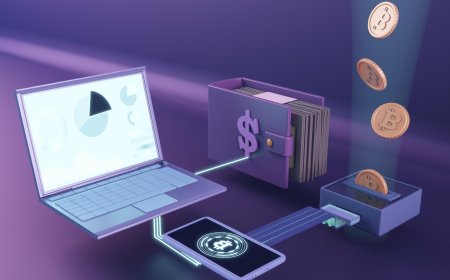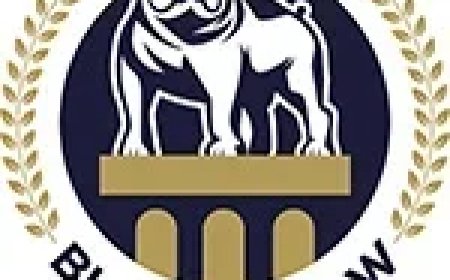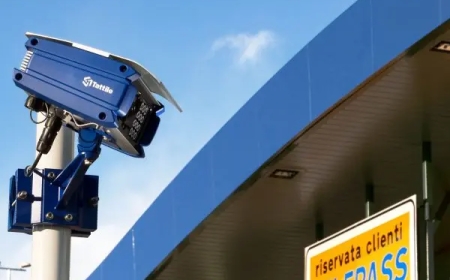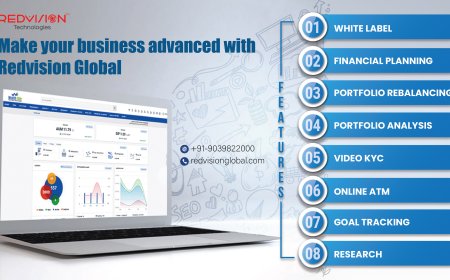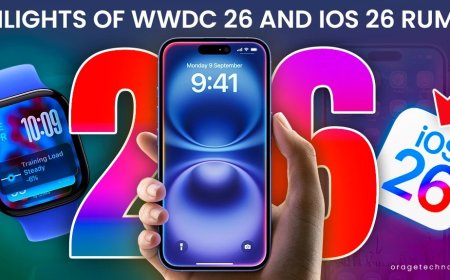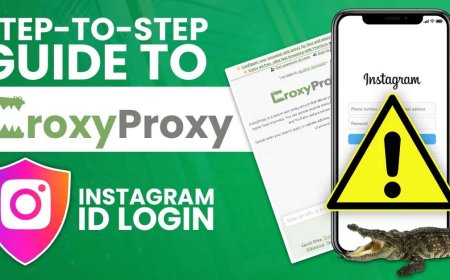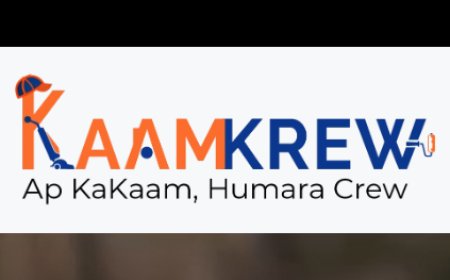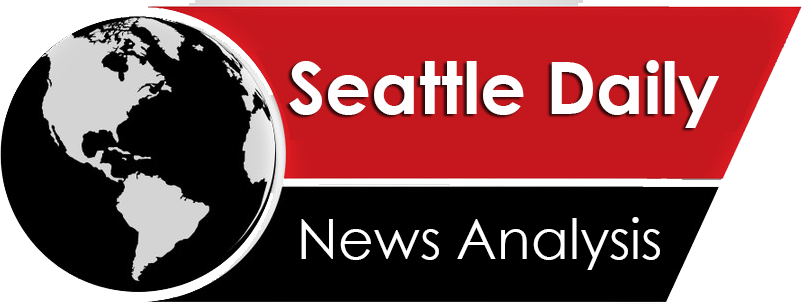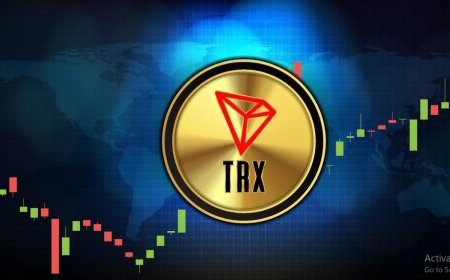How ZK Rollups are Redefining Blockchain Speed and Efficiency in 2025
In the coming years, as adoption spreads and innovation continues, ZK Rollups will not just redefine speed and efficiency—they will fundamentally reshape how the world interacts with digital value.

The blockchain industry in 2025 is moving rapidly toward scalability, efficiency, and mass adoption. However, scalability has long been the Achilles' heel of public blockchains. As network congestion increases and transaction fees surge, developers and enterprises alike seek solutions that offer both speed and trustlessness. One of the most promising breakthroughs in this evolution is the use of Zero-Knowledge Rollups (ZK Rollups). As Layer 2 scaling solutions, ZK Rollups combine cryptographic verification with off-chain computation to dramatically improve blockchain throughput without compromising on decentralization or security.
In 2025, ZK Rollups have matured from an emerging technology to a cornerstone of next-generation blockchain infrastructure. By compressing thousands of transactions into a single, verifiable proof and settling it on Layer 1, ZK Rollups are reshaping how decentralized applications scale and operate. This blog delves into how ZK Rollups work, why they are critical for blockchain efficiency, and how their adoption is redefining the decentralized ecosystem.
The Scalability Trilemma and Why ZK Rollups Matter
For years, blockchain development has been constrained by the scalability trilemma the idea that a blockchain can only optimize two of three essential features: decentralization, scalability, and security. Layer 1 blockchains like Bitcoin and Ethereum prioritized security and decentralization but sacrificed scalability, resulting in low transaction throughput and high gas fees during peak demand.
ZK Rollups solve this dilemma by offloading most of the computation and data storage to Layer 2, then submitting a succinct cryptographic proof back to the base chain. This proof certifies that all the off-chain transactions were processed correctly, allowing the Layer 1 chain to verify the result without executing each transaction individually. As a result, networks gain massive improvements in speed and efficiency, all while retaining the trustless nature of blockchain verification.
This innovation has become especially critical in 2025 as user adoption, institutional deployment, and real-world use cases demand infrastructure that can process thousands of transactions per second without losing composability or transparency.
How ZK Rollups Work at a Technical Level
ZK Rollups utilize a type of zero-knowledge cryptography known as zk-SNARKs (Zero-Knowledge Succinct Non-Interactive Argument of Knowledge) or zk-STARKs (Scalable Transparent Arguments of Knowledge). These proofs allow one party to prove to another that a set of operations were carried out correctly, without revealing any specific data about those operations.
In practice, ZK Rollups collect hundreds or thousands of Layer 2 transactions into a single batch. These transactions are executed off-chain by the rollup operator, and the resulting changes in account balances or states are recorded. Then, a zero-knowledge proof is generated, certifying that all operations in the batch were valid according to the rules of the blockchain protocol.
This proof is submitted to the Layer 1 chain, along with minimal data such as state roots or data commitments. The Layer 1 smart contract verifies the proof and applies the final state updates to the main chain. This method ensures integrity while massively reducing the computational burden on the base layer.
As ZK proof systems have advanced in 2025, generating and verifying proofs has become faster and cheaper, enabling broader adoption across DeFi, gaming, enterprise, and public sector applications.
Speed Gains: Enabling Real-Time Transactions at Scale
One of the primary benefits of ZK Rollups is their ability to dramatically improve transaction speed. While Ethereum mainnet still processes around 1530 transactions per second, ZK Rollups in 2025 are routinely achieving speeds between 2,000 and 20,000 transactions per second depending on the complexity of operations and the rollup architecture.
This increase in throughput enables use cases that were previously impractical on Layer 1. High-frequency trading, real-time in-game asset transfers, instant micro-payments, and dynamic NFT interactions are now feasible without latency or cost concerns. More importantly, these speeds are achieved without sacrificing the core principles of blockchain finality and immutability.
By maintaining verifiable proof on-chain, ZK Rollups offer faster settlement times while ensuring that every transaction is validated according to protocol rules. This opens the door to high-speed decentralized applications that match or even surpass the performance of Web2 platforms, all while remaining censorship-resistant and transparent.
Cost Efficiency and Gas Optimization
In addition to speed, ZK Rollups drastically reduce the cost of operating on-chain. Because only a fraction of the data from each batch is submitted to the base chain, and because proof verification is computationally minimal, users pay far less in gas fees compared to Layer 1 transactions.
In 2025, with Ethereum gas prices still fluctuating due to global demand and on-chain activity, ZK Rollups have become a safe haven for users seeking affordable transactions. On average, users pay 10x to 100x less on ZK Rollups than they would on mainnet. This cost efficiency is not just beneficial for end-users but also for developers building dApps that require frequent interaction or micro-transactions.
As protocols become more data-intensivesuch as those in AI data marketplaces, decentralized identity, and real-time analyticsZK Rollups ensure that these systems can scale economically. For enterprise use cases that require consistent and predictable costs, this is a major enabler for onboarding new industries into the blockchain ecosystem.
Enhanced Privacy Through Zero-Knowledge Architecture
While ZK Rollups are primarily designed for scalability and efficiency, they also open the door to enhanced privacy. Zero-knowledge cryptography inherently allows for certain types of data to remain confidential while still being provably correct. In 2025, several ZK Rollup projects have begun integrating optional privacy layers that allow users to shield transaction amounts, asset types, or even wallet addresses.
This form of selective privacy is appealing to both individual users and institutional players. For individuals, it prevents front-running, address tracking, and targeted hacks. For institutions, it provides a pathway to use blockchain transparently while maintaining compliance with data protection laws and trade confidentiality.
Moreover, with the rising importance of data sovereignty and digital identity in 2025, privacy-preserving applications such as decentralized identity systems, private DeFi lending, and secure enterprise blockchains are gaining traction. ZK Rollups are central to these developments, offering a scalable and privacy-conscious foundation.
Security and Trust Minimization
Security is a fundamental requirement for any blockchain scaling solution, and ZK Rollups offer some of the highest levels of trust minimization among Layer 2 technologies. Unlike optimistic rollups, which rely on time delays and fraud proofs that can be challenged over days, ZK Rollups provide immediate finality. Once a proof is verified on-chain, it is cryptographically certain that all transactions in the batch were valid.
This significantly reduces the risk of chain reorgs, MEV attacks, or exploit windows, making ZK Rollups particularly attractive for high-value applications. As of 2025, many institutional DeFi platforms have chosen ZK Rollup frameworks as their backbone precisely because of this enhanced security posture.
Additionally, decentralized sequencers and proof generators are being implemented across several ZK Rollup networks, reducing the reliance on centralized operators and pushing these Layer 2s closer to the full decentralization ideal.
Interoperability and Cross-Rollup Communication
Another area where ZK Rollups are making an impact is in blockchain interoperability. While siloed rollups initially fragmented liquidity and composability, 2025 has seen major advancements in cross-rollup messaging protocols and ZK-powered bridges. These systems allow tokens, data, and smart contract messages to move trustlessly between different rollup networks and Layer 1s.
The use of zero-knowledge proofs ensures that cross-chain actions are verifiable and atomic, eliminating the need for custodial bridges or multi-sig trust models that have been prone to hacks in the past. This innovation is critical as multi-chain ecosystems become the norm and users expect seamless movement of assets and logic across chains.
In essence, ZK Rollups are not just speeding up single chainsthey are enabling a more connected, efficient, and composable Web3 universe.
Real-World Use Cases Thriving on ZK Rollups in 2025
In 2025, ZK Rollups have evolved beyond infrastructure into tangible real-world applications. Decentralized exchanges like Loopring and zkSync-based platforms offer near-instant trades with negligible fees, driving adoption among everyday users. NFT marketplaces operating on ZK Rollups enable low-cost minting, dynamic royalties, and interactive metadata updates in real time.
In the gaming sector, projects like Immutable X are using ZK Rollups to enable real-time asset ownership, upgrades, and trading without disrupting gameplay or overloading the network. Supply chain platforms are utilizing ZK Rollups to record movement, verification, and compliance data in a scalable and confidential manner.
Moreover, the financial services industry is beginning to deploy private DeFi solutions on enterprise-grade ZK Rollup frameworks, enabling real-time lending, settlements, and compliance checks without exposing sensitive data on public chains.
From decentralized identity systems to high-throughput DAOs, the applications powered by ZK Rollups in 2025 are reshaping how blockchain is used across verticals.
Challenges and the Road Ahead
Despite their promise, ZK Rollups still face certain challenges. Proof generation, while faster than in previous years, can still be computationally demanding for complex smart contracts. Developer tooling is improving, but writing ZK-compatible smart contracts requires a steep learning curve and new programming languages like Circom or Noir.
User onboarding is also a concern. Bridging assets, understanding new wallets, and navigating Layer 2 interfaces can be confusing for non-technical users. Projects are increasingly investing in UI/UX improvements and abstraction layers to smooth the experience.
Regulatory clarity is another frontier. As privacy-preserving technologies gain traction, regulators may question their use in financial or cross-border transactions. Clear frameworks and collaboration between the industry and regulators will be essential to ensure compliant adoption.
However, the rapid pace of innovation suggests these barriers will be addressed. With institutional investment, open-source collaboration, and academic breakthroughs, ZK Rollups are set to define the scalability landscape for years to come.
Conclusion
As we reach the midpoint of 2025, ZK Rollups are no longer a theoretical solutionthey are the practical foundation of a faster, cheaper, and more secure blockchain future. By compressing computation, minimizing data, and verifying actions through zero-knowledge proofs, they have redefined what is possible in decentralized systems.
Whether youre a developer building high-performance dApps, a user seeking affordable and instant transactions, or an enterprise exploring blockchain integration, ZK Rollups offer a powerful and elegant answer to the limitations of Layer 1. Their ability to unlock real-time scalability, preserve privacy, and enhance trustless interaction makes them one of the most important breakthroughs in the evolution of blockchain technology.







